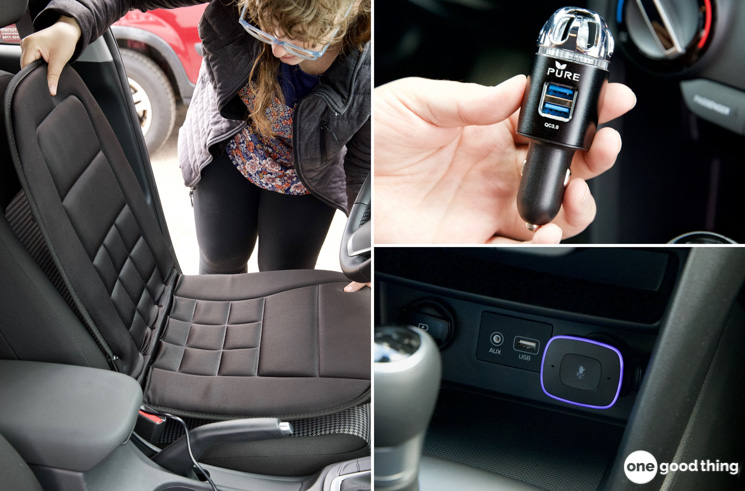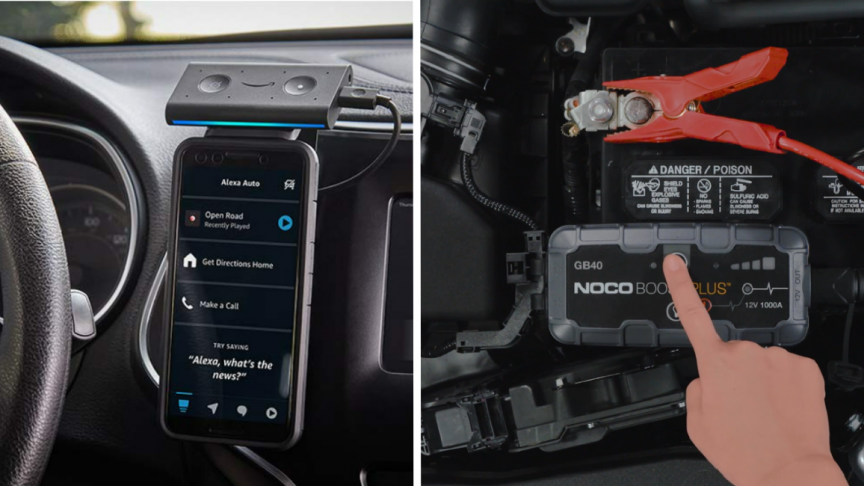A thorough wash improves the appearance of your car. It’s essential if you plan to sell your used car, but even if you don’t, it’s necessary for proper maintenance and to ensure that you enjoy your ride.
Who doesn’t like the thrill of a new car? It’s a pleasant experience to drive with a clean inside. Unfortunately, keeping a clean car requires some effort, such as a weekly wash. Consider your cleaning supplies a part of your essential car accessories.
Washing a vehicle at home isn’t difficult if you know how to do it correctly. If you do it incorrectly, you may have unattractive streaks and swirls. It’s possible that the car now looks worse than when you began.
The Tools Needed to Wash Your Car
You can wash a vehicle with a tap and an old shirt, but you’ll have a better experience if you have the correct tools. Here’s a quick rundown:
- A sponge or a dishcloth
- Two large buckets
- Any car wash product (not household detergent)
- Towel
- A hose
How to Wash Your Car?
1. Cleaning the Wheels
- Start by cleaning the dirtiest portion of your vehicle, which is generally the wheels. To prevent spreading dirt and grime onto your vehicle’s paintwork, wash your tires individually with a fresh pail of water.
- Get a tire brush, a microfiber towel, a separate sponge, and a tire-specific cleaning solution. Water-based, non-corrosive wheel cleaners are advised for all kinds of car wheels and are, in the end, the safest option for tire cleaning.
- After that, apply your preferred cleaning product(s) to your wheels. Allow the solution to sit for a few minutes before scrubbing the dirt off your tires with a tire brush.
- Finally, rinse your wheels with cold, clean water to eliminate any remaining cleaning substance. Wipe them down with a clean microfiber towel when you’re done cleaning the wheels.
2. Washing Your Car
- Your car is now wet. It’s time to wash. Washing the car using a microfiber wash mitt and highly sudsy water from the soap bucket, starting with the top, then the windshield, and finally the hood, working your way down.
- Put the glove into the “dirty water bucket” with the grit guard after each panel depending on the panel size (roofs are huge, hoods are large), and stir it with your hand to get all the residual dirt off the mitt.
- On the next panel, repeat the side-to-side wash motion. Wash the car from top to bottom, roof to lower sides, since dirt and debris are thrown up into the paint in the lowest third of the vehicle.
To keep your car moist, it’s sometimes important to rinse each panel as you go.

3. Rinse your Car
- Make sure your vehicle is moist as you rinse it, and once you’ve finished, give it a final rinse with a continuous stream of water. The water will sheet off the panels, making the drying process simpler and faster.
- Use a second sponge to wipe the wheels and sills, so the sponge you used for the body job remains as clean as possible.
4. Drying Your Car
- A microfiber drying cloth, a drying chamois, or an air compressor are the most acceptable ways to dry your car. Dab the vehicle dry from top to bottom with a microfiber drying cloth. Fold the chamois over and wipe it clean for a drying chamois.
- Here’s how to dry a vehicle without stains if you just have plain towels. Replace your wet lead towel with a dry towel and lead with your second towel until it becomes too wet.
That’s how you can easily wash your car in less time.










